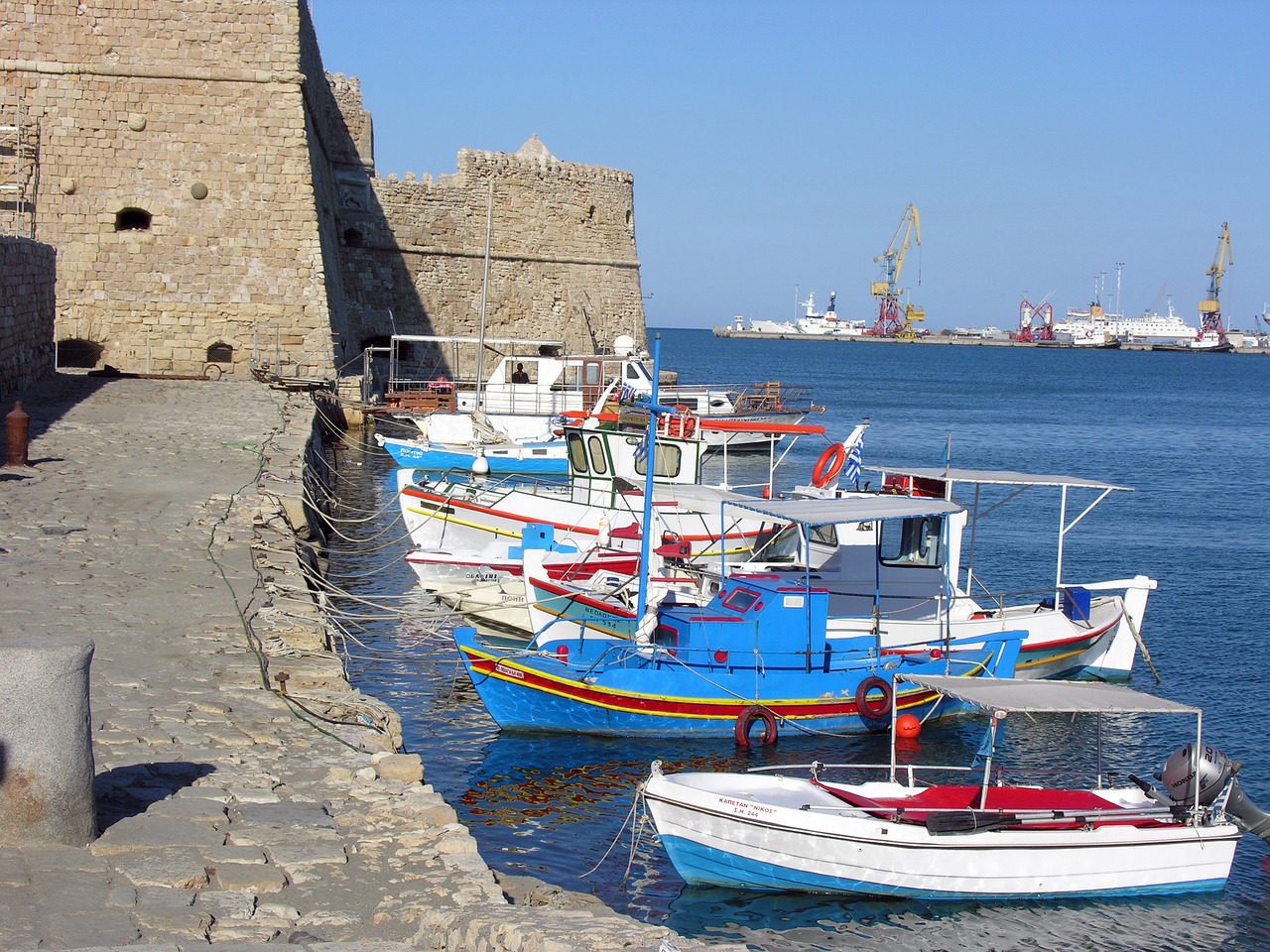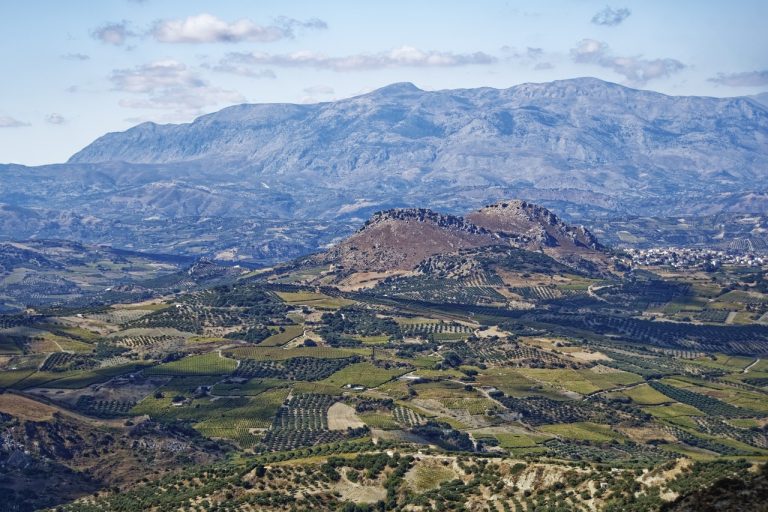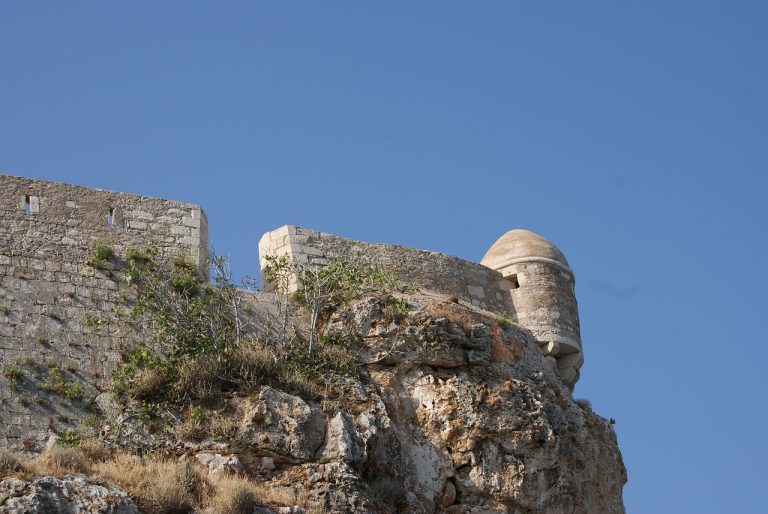Heraklion Greece Video
Historical Treasures of Heraklion Greece: Reliving the Past
Heraklion, the capital city of the Greek island of Crete, is a place rich in history and filled with fascinating historical treasures. From ancient ruins to medieval fortresses, Heraklion offers visitors a chance to step back in time and experience the past. In this article, we will explore some of the most significant historical landmarks in Heraklion and dive into the captivating stories they hold.
Knossos Palace: Uncovering Minoan Civilization
- Minoan Civilization: The Knossos Palace is the largest Bronze Age archaeological site on Crete and was the political and ceremonial center of the Minoan civilization.
- Palace Layout: The palace complex is a sprawling maze of rooms, courtyards, and staircases, showcasing the grandeur and complexity of Minoan architecture.
- Frescoes and Artifacts: The palace is adorned with stunning frescoes depicting scenes of daily life, religious rituals, and mythical creatures. Many of these frescoes, along with other artifacts, can be viewed at the nearby Heraklion Archaeological Museum.
The Minoans were an advanced civilization that thrived from approximately 2700 to 1450 BC, known for their impressive architecture, vibrant frescoes, and intricate pottery.
Visitors can explore the restored sections of the palace, including the throne room, the central court, and the royal quarters, gaining insights into the Minoan way of life.
Heraklion Greece Image 1:

Heraklion Archaeological Museum: Preserving the Past
- Archaeological Treasures: The Heraklion Archaeological Museum is one of the most important museums in Greece, housing an extensive collection of artifacts from various historical periods.
- Minoan Collection: The museum’s Minoan collection is particularly noteworthy, showcasing masterpieces from the Minoan civilization, including the famous Snake Goddess figurine and the Phaistos Disc.
- Other Collections: The museum also houses exhibits from the Roman, Byzantine, and Venetian periods, highlighting the diverse influences that shaped the island’s history.
Visitors can marvel at ancient sculptures, pottery, jewelry, and frescoes, all meticulously displayed to provide insights into the rich history of Crete.
These artifacts offer a glimpse into the artistic and religious practices of the Minoans.
Heraklion Greece Image 2:

Heraklion Venetian Walls: Defending the City
- Impressive Fortifications: The Venetian Walls of Heraklion are a testament to the city’s strategic importance throughout history. Built by the Republic of Venice in the 16th century, these walls encircle the old town.
- Fortresses and Gates: The walls feature several bastions and monumental gates, such as the iconic Koules Fortress at the harbor entrance and the Martinengo Bastion.
- Historical Significance: The Venetian Walls are a symbol of Heraklion’s past as a Venetian stronghold and highlight the city’s rich architectural heritage.
They were designed to protect the city from invaders and played a crucial role in defending Heraklion during numerous sieges.
Visitors can walk along the walls, enjoying panoramic views of the city and the surrounding landscape.
Historical City Center: Exploring the Heart of Heraklion
- Lion Square: Located in the heart of the city, Lion Square is a bustling square adorned with the famous Morosini Fountain and the imposing Venetian Loggia.
- Agios Titos Church: This beautiful church dedicated to Saint Titus is located near Lion Square. It dates back to the 10th century and displays a mix of architectural styles, including Byzantine, Venetian, and Ottoman influences.
- Historical Buildings: As visitors wander through the narrow streets of the historical center, they will encounter numerous buildings that showcase the city’s architectural heritage, such as the Loggia, the Bembo Fountain, and the Morosini Fountain.
It serves as a meeting point and a starting point for exploring the historical center.
Inside, visitors can admire the stunning iconostasis and the intricate frescoes.
Heraklion Fortress: Guardian of the Harbor
- Koules Fortress: Standing proudly at the entrance of the old harbor, the Koules Fortress is an iconic symbol of Heraklion. Originally built by the Venetians, it served as a defensive structure and a prison.
- Historical Exhibitions: The fortress houses various exhibitions that delve into Heraklion’s maritime history, including displays of ancient shipwrecks, nautical instruments, and naval warfare.
- Concerts and Events: The Koules Fortress also serves as a venue for cultural events, including concerts, theatrical performances, and art exhibitions.
Visitors can explore its thick walls, climb to the top for panoramic views, and learn about its fascinating history through the exhibitions inside.
Heraklion Greece Image 3:

Historical Villages: A Glimpse into Traditional Life
- Archanes: Located a short distance from Heraklion, the village of Archanes is known for its well-preserved traditional houses and charming streets. Visitors can explore the narrow alleys, visit local workshops, and experience the warm hospitality of the locals.
- Thrapsano: Famous for its pottery tradition, the village of Thrapsano is a haven for pottery enthusiasts. Visitors can witness the pottery-making process, purchase unique pieces, and learn about the village’s history as a center for pottery production.
- Kritsa: Nestled in the mountains, the village of Kritsa offers a glimpse into traditional Cretan life. Visitors can wander through the stone-paved streets, visit the Byzantine-era Panagia Kera Church, and enjoy panoramic views of the surrounding olive groves and mountains.
Historical Monasteries: Spiritual Retreats
- Agios Georgios Selinari: Situated in a serene location amidst rocky cliffs, the Agios Georgios Selinari Monastery is a peaceful retreat. Visitors can explore the monastery complex, admire the beautiful frescoes, and enjoy breathtaking views of the sea.
- Agarathos: The Agarathos Monastery, perched on a hilltop, is one of the oldest monasteries in Crete. It is known for its exquisite wood-carved iconostasis and its historical significance as a center of resistance against the Ottoman occupation.
- Toplou: Located in the eastern part of Crete, the Toplou Monastery is an architectural gem. Its fortress-like exterior hides a stunning interior adorned with intricate frescoes and a remarkable collection of religious artifacts.
Historical Caves: Nature’s Time Capsules
- Psychro Cave: Also known as the Dikteon Cave, the Psychro Cave is associated with Greek mythology as the birthplace of Zeus. Visitors can explore its chambers, marvel at the impressive stalactite formations, and soak in the mystical atmosphere.
- Melidoni Cave: The Melidoni Cave has a rich historical significance, as it served as a place of refuge during various periods of unrest. Visitors can descend into its depths, guided by knowledgeable staff, and learn about its fascinating history.
- Sfentoni Cave: Located near the village of Zoniana, the Sfentoni Cave is renowned for its stunning formations and unique acoustics. Guided tours take visitors through its chambers, revealing the wonders of the underground world.
Conclusion
Heraklion, Greece, is a city where the past comes alive. From the ancient ruins of Knossos Palace to the impressive Venetian Walls, every corner of the city tells a story. Exploring the historical treasures of Heraklion allows visitors to immerse themselves in the rich history and culture of Crete.
References
- petitpalace.co.uk
- heraklion.gr
- visitgreece.gr
- archaeologicalmuseum.heraklion.gr
- crete-kreta.com







